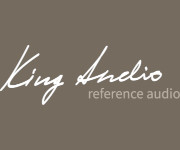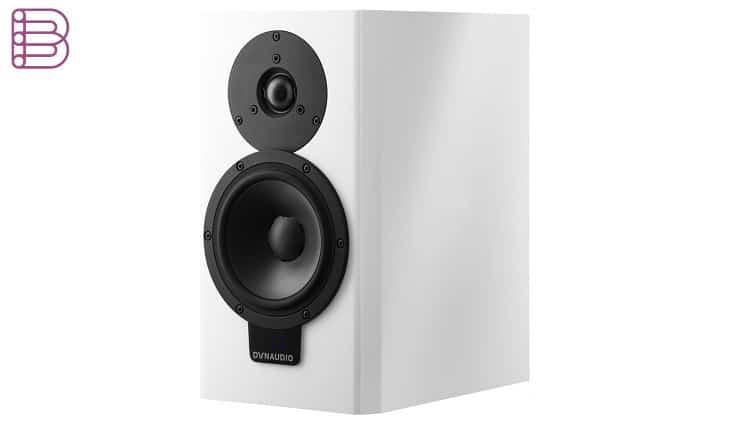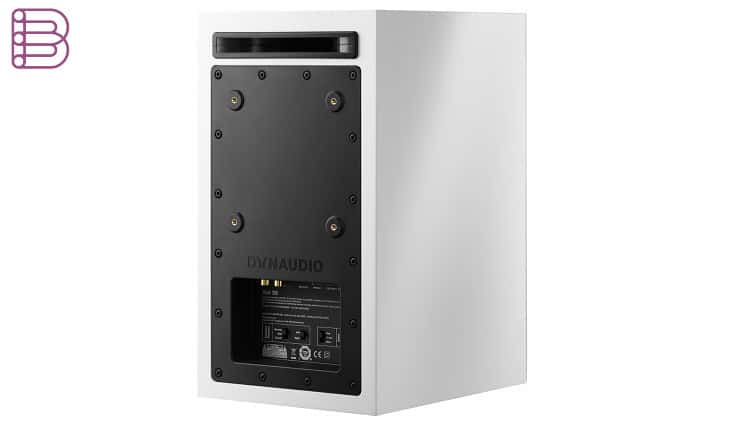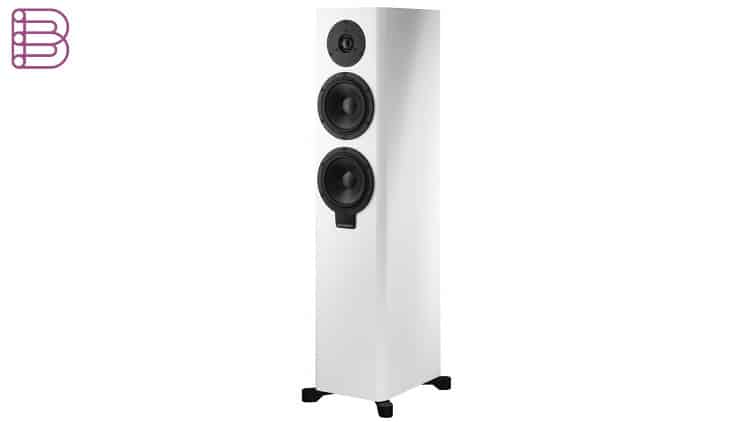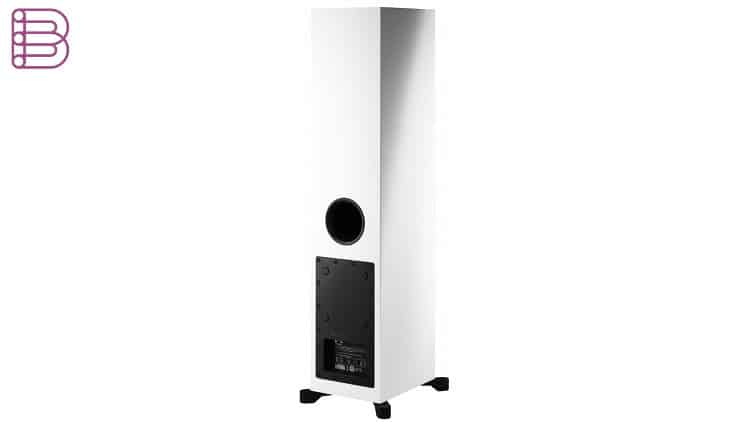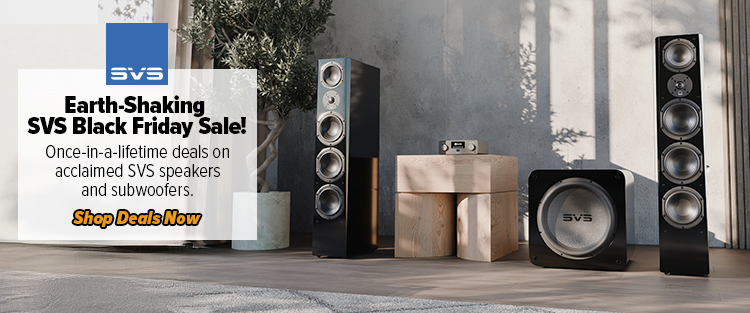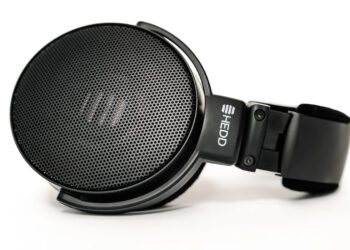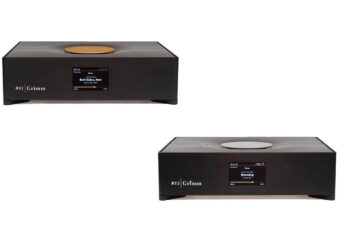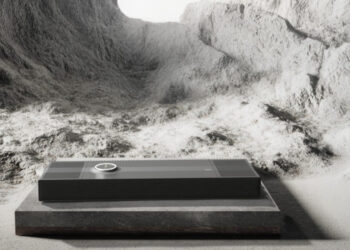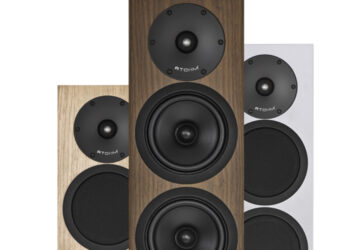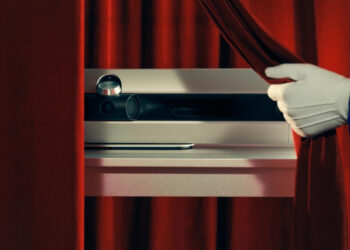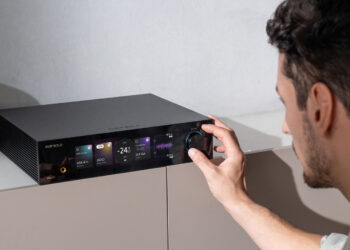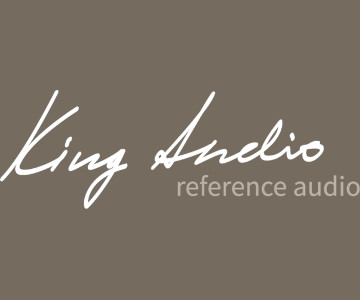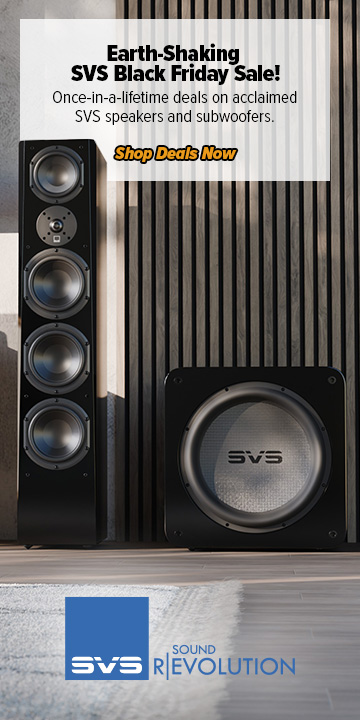Danish loudspeaker legend Dynaudio has rebooted its Xeo active wireless hi-fi speaker family. The new Xeo 20 and Xeo 30 speakers replace the Xeo 4 and 6, and join the multi-award-winning Xeo 2 in the company’s range. As well as getting a new look, the Xeo 20 and Xeo 30 now have updated tunings for even better performance, plus direct inputs for analogue and digital sources, upgraded DSP (digital signal processing) capabilities, full 24-bit/96kHz hi-res support and built-in high-quality aptX Bluetooth.
Xeo 20 (€2199 per pair)
The compact stand-mounted Xeo 20 replaces the Xeo 4. It’s slightly larger than the Xeo 4 and now uses a slot-type bass port for improved low-frequency performance. Its 28mm Esotec soft-dome tweeter and 14cm Esotec MSP woofer are each powered by their own individually tuned 65W digital amplifier (up from twin 50W amps in the Xeo 4) – all marshalled by an upgraded crossover and DSP. The Xeo 20 is designed for use with Dynaudio’s optional Stand 10 and Stand 20 speaker stands. There’s also built-in provision for Vesa 100 mounts.
New tuning and DSP
The range’s new firmware comes with new tunings, derived from Dynaudio’s celebrated LYD 5 professional studio monitors. The upgrade includes improved
compressor and limiter algorithms and an updated crossover design with a larger overlap between drivers to give improved bass and improved off-axis performance.
The DSP engine has also been given more processing power (as well as being optimised) to enhance its speaker-position compensation for corner, wall and freespace
placements.
We’ve tried to apply the KISS (Keep It Simple, Stupid!) policy and retain a more ‘analogue’ style of filter design when it comes to the crossover. We’ve also made
sure to minimise the amount of EQ the system uses to get a good performance. It’s a similar approach to the one we used when tuning the new Focus XD range, says Dynaudio Senior Designer, Acoustics, Stephen Entwistle.
Direct inputs, hi-res audio and built-in Bluetooth
The whole Xeo range now gets direct Toslink (digital optical), analogue RCA and analogue stereo minijack inputs on each master speaker. The signal is transmitted to the slave speaker in high-resolution 24-bit/96kHz form. All Xeo speakers now support full 24-bit/96kHz hi-res audio via the optical digital input, and also wirelessly from the optional Dynaudio Connect transmitter box. There’s also Bluetooth on board for high-quality aptX wireless streaming without the need for an external Connect box (although using one gives users even more input options).
Xeo 30 (€3599 per pair)
The floor-standing Xeo 30 replaces the Xeo 6. It’s a compact model that uses a 28mm Esotec soft-dome tweeter and twin 14cm Esotec MSP woofers in a 2.5-way crossover design. Each driver is powered by its own individually tuned 65W digital amplifier (boosted from the Xeo 6’s 50W versions). And, like its smaller companion, the Xeo 30 has an upgraded crossover to enhance integration and off-axis performance. As with the Xeo 20, the Xeo 30 is slightly bigger than its predecessor for improved bass performance – and it gets the same uprated DSP, updated tuning and upscale design touches (including the repositioned IR/LED module) as its stand-mounted sibling.
Design touches
The new speakers have been given a more modern design, including subtly rounding the cabinets’ corners, moving the IR/LED module from the top to below the woofers, finishing the metal driver parts in black and changing the included grilles to black. Both models are available in Black Satin and White Satin finishes.
We made the Xeo 20 and Xeo 30 simpler and more elegant without needing a ground-up re-design. The colour scheme is simplified too, as on the new Focus XD. We’re really proud of how it turned out, says Dynaudio Design Director Malte Köhn.
New remote control
The Xeo 20 and Xeo 30 both have a new IR remote control that works both with their direct inputs and the optional Dynaudio Connect box. The remote’s transmitting
range has been improved, too.
MSP woofers
MSP (Magnesium Silicate Polymer) is a material developed in-house at Dynaudio to deliver exactly the right balance of lightness, stiffness and damping – which listeners
hear as exactly the right balance of power, finesse and control. It doesn’t age like other materials either, meaning far less degradation of performance over long
periods… which is why the company has used it in its speakers since 1977.
Visit the Dynaudio website.

